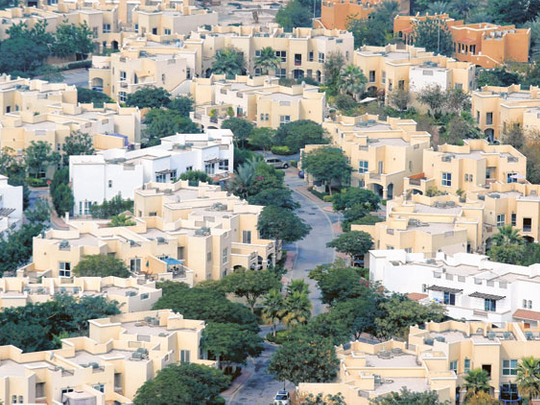
By Firas Al Msaddi, Special to Gulf News
We cannot generalise on Dubai’s service charges rates, because it depends heavily on the entity in-charge of deploying the collected funds, be it developers or strata companies. While I certainly see room for more efficiency in the vast majority of developments, some are being run by professional and transparent “Owner Association Companies”.
On the same note, we all know that master-developers like Emaar, Dubai Properties and Meraas have not handed over their developments to owner associations, unlike private sub-developers. I strongly believe that service charges should not apply on large terraces of special apartments.
Realistically, investors would then be staring at three- to six months’ worth of service charges and that can really squeeze the rental income for the first year. Even if it is for an end-user, they will still have to pay for a different property to live in, until theirs’ is rectified by the developer (and contractor).
This is an integral part of completing any project and I have no problem with this. I do however have a problem with severe delays and I have a much bigger problem for being charged for services that I am not using since my property has not been made ready to use yet.
Hurting investor yields
High service charges per square feet kills the commercial viability of any generated rental income. Also, service charges for large units such as four-bedroom apartments of 2,500 square feet plus really impact a buyer’s decision-making process. In many cases I have witnessed end-users buying villas because service charges on villas are far more reasonable than apartments.
As it is eventually based on per square foot, something that probably needs to be reviewed are the internal area versus external area of large terraces (above 10 per cent of the size of the internal area). Plus, more tight auditing from the regulators. I trust that RERA is very much on the right track as they are investing a lot of effort to introduce more transparency.
Service fee waivers
The difference in service charges across various areas is based on two major components, which are the quality and facilities of the master community and the common areas and facilities within the project. For example: If you own a property in Downtown, a very small portion of your annual service charges will go to Emaar, the master-developer, for maintaining the overall community.
The rest will go to the owners’ association to cover all the services and maintenance provided for the common areas of your building. This is why the value of your annual service charges is proportionate to the quality of facilities and the size of the common areas within the project and master-community.
Service charges are influencing buying decisions, and that is why in recent months we started to witness a lot of the offers of service charges waivers by developers. El Primo by Emaar is offering a five-year free service charge incentive.
Firas Al Msaddi is CEO of fam Properties.












